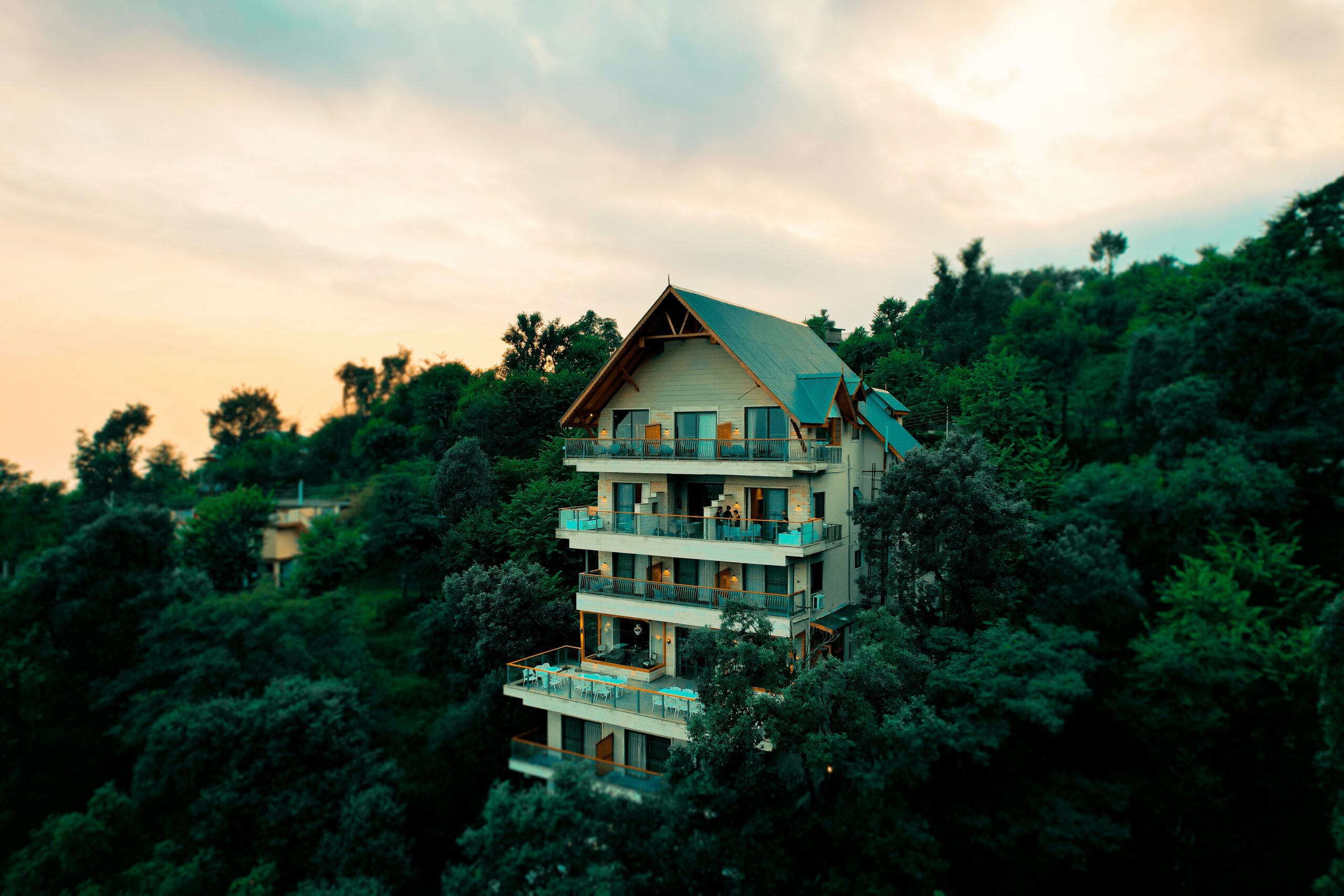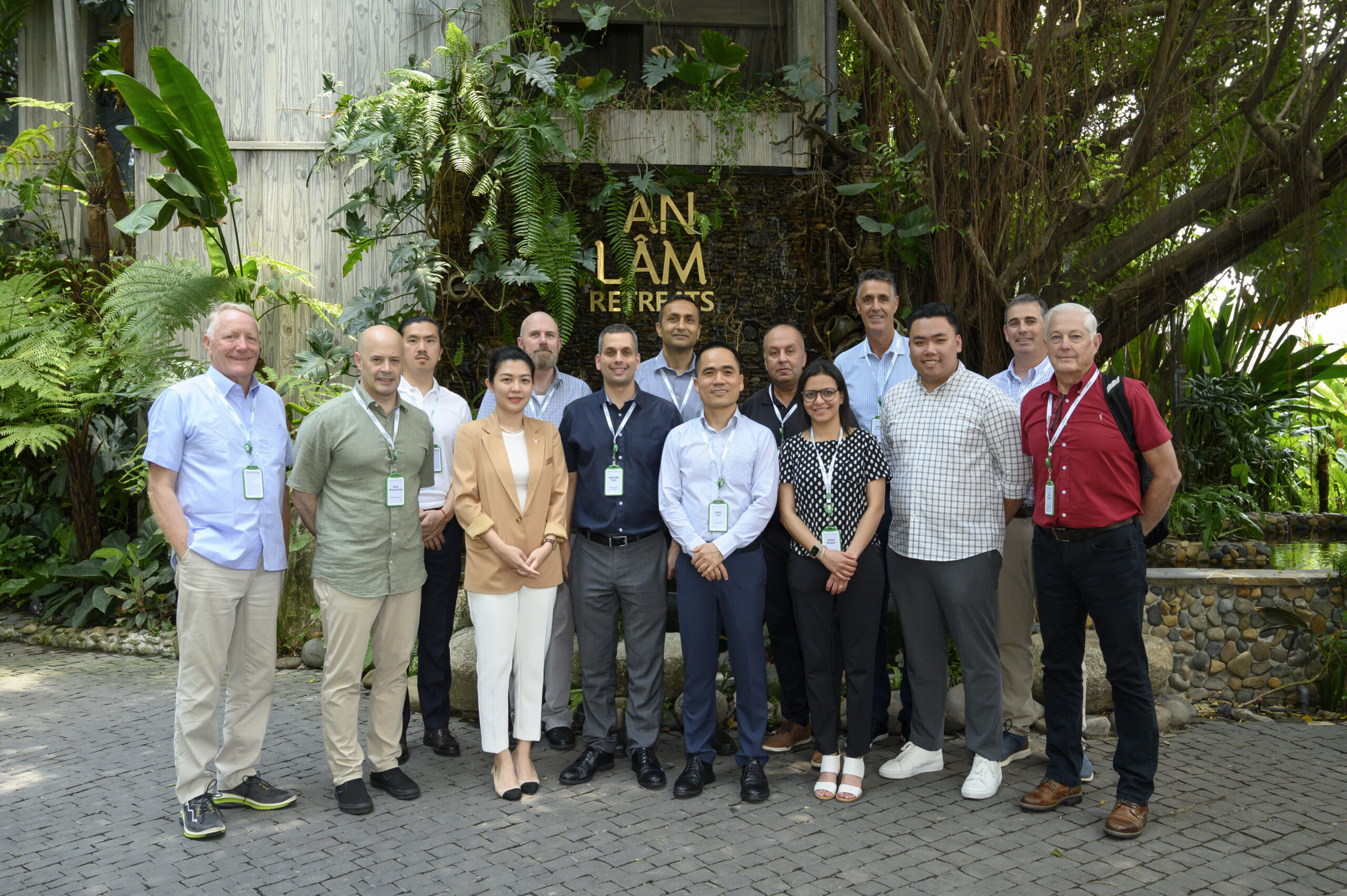Originally posted by the Government of British Columbia
Thirteen B.C. communities are leading the nation as they adopt innovative and safe mass timber technology for taller wood buildings that are faster to build, better for the environment and create new jobs and opportunities for forest communities in the province.
“Building with B.C. wood is good for people, communities, our economy and our climate. It will create thousands of jobs, reduce carbon pollution and support forest-dependent communities,” said Premier John Horgan. “These 13 communities will help us get there faster.”
The following communities, and the University of British Columbia, have signed on to become early adopters to bring mass timber technology for buildings up to 12 storeys:
- City of North Vancouver;
- Township of Langley;
- Colwood;
- Surrey;
- Abbotsford;
- Campbell River;
- Langford;
- Richmond;
- Kelowna;
- Mission;
- Victoria; and
- Saanich.
These communities represent 35% of all housing starts in 2018 in B.C.
“The City of Abbotsford is extremely pleased to be an early adopter of mass timber for construction,” said Henry Braun, mayor of Abbotsford. “Abbotsford continues to break records year over year in new construction starts, making increased adoption of mass timber an exciting opportunity for our community.”
A 12-storey mass timber development proposal in Victoria, which also includes affordable homes, will deliver much-needed housing quicker. As the mass timber components are prefabricated off-site and can be put in place quickly, the community will also benefit from reduced traffic to the construction site and reduced noise during construction.
Forest communities throughout B.C. will see economic benefits of increased production from B.C.’s mass timber manufacturers as they develop value-added timber products and revitalize this cornerstone industry. As part of the government’s Wood First Program, this initiative will benefit forest-dependent communities by helping diversify markets for B.C. wood, both at home and abroad.
Abbotsford-based StructureCraft engineers and builds mass timber structures, manufacturing and prefabricating timber products using wood from B.C., including beetle-kill wood. The jobs created through its expanded operations are helping both the local economy and creating opportunities throughout the province.
“We are being approached by developers and architects from all over North America pursuing mass timber for projects that would traditionally be built with steel and concrete,” said Gerald Epp, president, StructureCraft. “And a lot of the wood fibre for this is coming from B.C.”
To be eligible to sign on as early adopters, local governments currently regulated under the BC Building Code need to have:
- support from their city council and the planning, building and fire departments;
- Level 3 certified building officials; and
- land use bylaws for buildings higher than six storeys
There will be further opportunities for other interested communities to get on board.
In addition to helping to grow businesses and getting families into homes faster, mass timber construction has a reduced carbon footprint when sourced from sustainably managed forests. This will help the government reach its CleanBC goals of reducing carbon emissions.
“As we continue to advance our efforts to dramatically reduce operational greenhouse gas emissions in buildings, the industry must simultaneously pursue the next frontier of emissions — those that are embodied in materials,” said Christian Cianfrone, executive director, Zero Emission Building Exchange (ZEBx). “Supporting and learning from early adopters in mass timber construction is one of the most effective tools we have to catalyze embodied emission reductions at scale.”
Creating jobs, acting on climate change and building a sustainable economy are shared priorities with the BC Green Party caucus and are part of the Confidence and Supply Agreement.
Quotes:
Selina Robinson, Minister of Municipal Affairs and Housing —
“These communities throughout B.C. are showing the nation that by seizing opportunities to change how we live and work, we can put B.C. on a cleaner, more sustainable path, while also supporting forest-dependent communities. This is just one more way that our government is supporting local governments, builders, non-profits and community members to use innovative techniques to deliver the homes people need.”
Doug Donaldson, Minister of Forests, Lands, Natural Resource Operations and Rural Development —
“The shift to higher-value wood products, such as the solid or engineered wood used in mass timber buildings, is a positive part of how B.C.’s forestry sector is transitioning. I’m attending the WoodRise Conference in Quebec this month where I’ll be promoting the use of British Columbia’s many value-added wood products in building construction.”
Quick Facts:
- Mass timber buildings are where the primary load-bearing structure is made of solid or engineered wood. They can be one-fifth the weight of comparable concrete buildings, while still meeting performance standards for safety, structural resilience and fire protection.
- Early adopter communities will provide feedback on changes ahead of the next major code change.
- The 2020 National Building Code is expected to allow mass timber construction up to 12 storeys. This will be reflected in the next edition of the BC Building Code. The technology has been reviewed by the National Building Code committees as well as by experts, such as fire safety specialists, structural engineers, architects, scientists and builders.
- The CleanBC plan was developed as a pathway to achieve the Province’s legislated climate targets of reducing greenhouse gas emissions by 40% by the year 2030.
- The Province’s Wood First Program encourages innovation through value-added wood products, helping to grow local and global markets while promoting climate-friendly construction and supporting B.C.’s forest-dependent communities.
Learn More:
Learn how changes to the BC Building Code are creating jobs and opportunities in B.C. forest communities: https://news.gov.bc.ca/releases/2019PREM0024-000383
CleanBC, B.C.’s roadmap to a cleaner future: https://cleanbc.gov.bc.ca/
PHOTO: Swanky photography, courtesy of naturallywood.com


